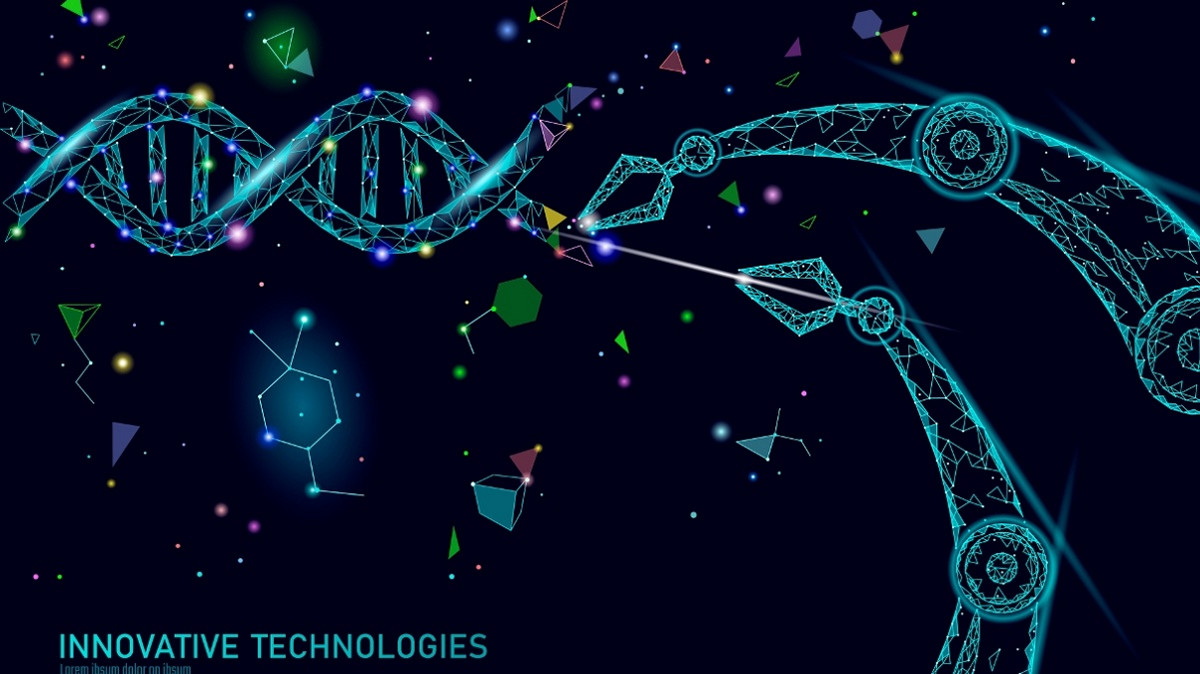
A source
Venture fund partners Andreessen Horowitz, biotech investment experts Jorge Conde, Vijay Pande and Julie Yu wrote a manifesto on the role of engineering principles in creating innovation in biology, the main ideas of which formed the basis of this post.
Humanity is on the verge of transition of biology from empirical science to engineering discipline. For millennia, technogenic approaches have been used to influence living systems, but now we have begun to use our own mechanisms of nature - using biological engineering - to design, scale and transform life itself.
Hypothesis, verification, revision of data is an empirical science. Engineering, however, does not work quite like this: you use parts that you know and understand well to design and create something, such as software. We are good at writing programs - partly because we started doing them from scratch. Nevertheless, the idea of transferring engineering thinking into biology that has evolved billions of years without human intervention has taken root.
Medication as a code
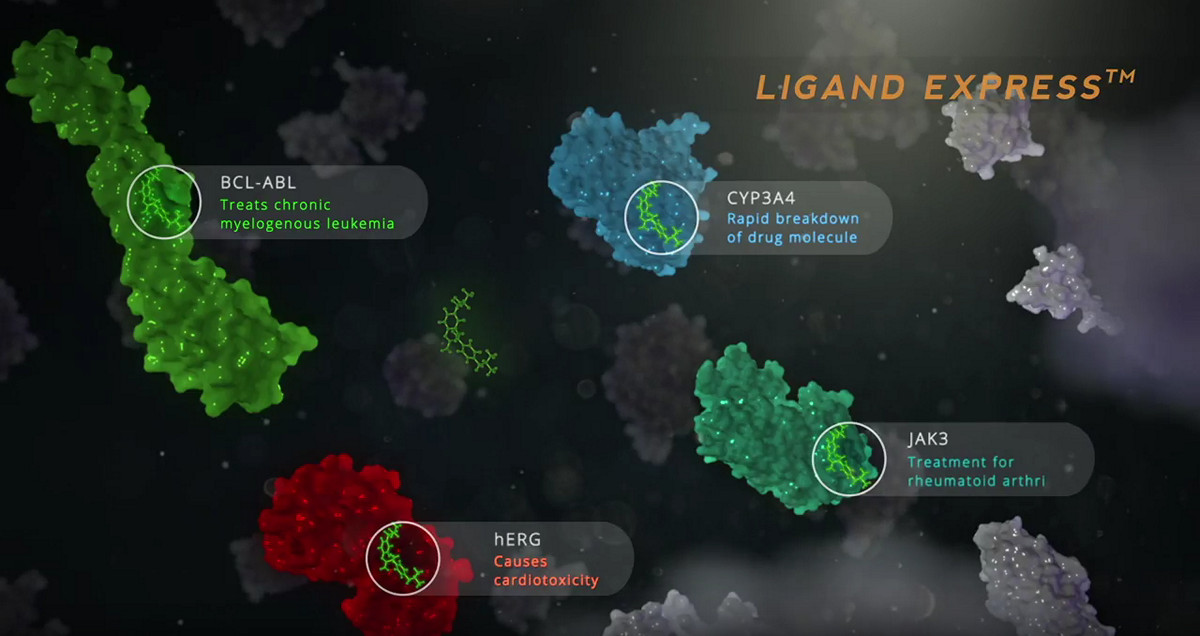
The concept of one of the systems for the rapid development of drugs.
Just as programmers prefer to work from scratch when it comes to technical duty, biologists and developers can now create completely new things. The first big step in this direction was taken 41 years ago when a genetically engineered human insulin was created using the technology of recombinant (artificial) DNA with the participation of Genentech at the Beckman Research Institute.
The engineering approach fundamentally changes the methods of diagnosis, treatment and disease management. Today, tools such as CRISPR make it possible to program biology with increasing accuracy from release to release, starting with bacteria designed to produce new chemicals and proteins, ending with cells trained to fight cancer.
A breakthrough in the technology of “programmed drugs” (in the form of genes, cells, microbes, and even mobile applications and software that can affect health) brings us closer to the next paradigm of medicine. And the breakthrough is very timely: on average, only one of the 20 drugs being developed is effective directly in the human body. It is simply unbelievable that we generally found a working medicine, given that people are the MVP product of billions of years of evolution with the most incredible spaghetti code in history.
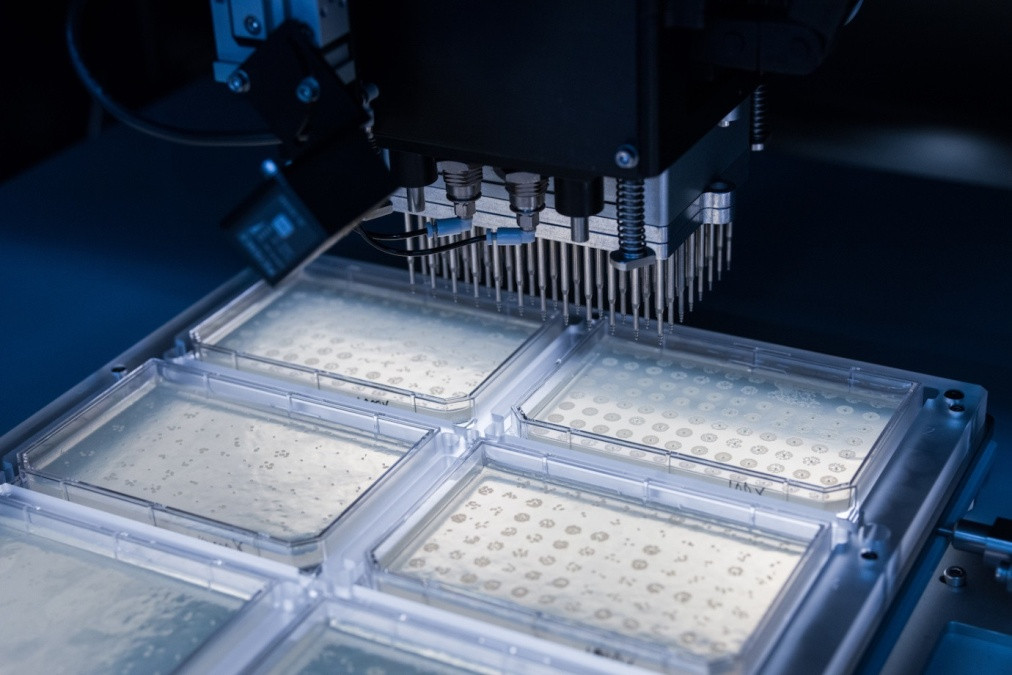
Since new drugs are engineering systems and are programmable in nature, the process of creating new drugs becomes iterative - from developing a molecule for one specific purpose to developing a platform on which many future drugs can be built. For example, the biotechnological company Ginkgo Bioworks, instead of producing more effective antibiotics, has created a bioprinter, with the help of which it is possible to print bacterial strains “competing” with resistant microorganisms.
Medicine 2.0
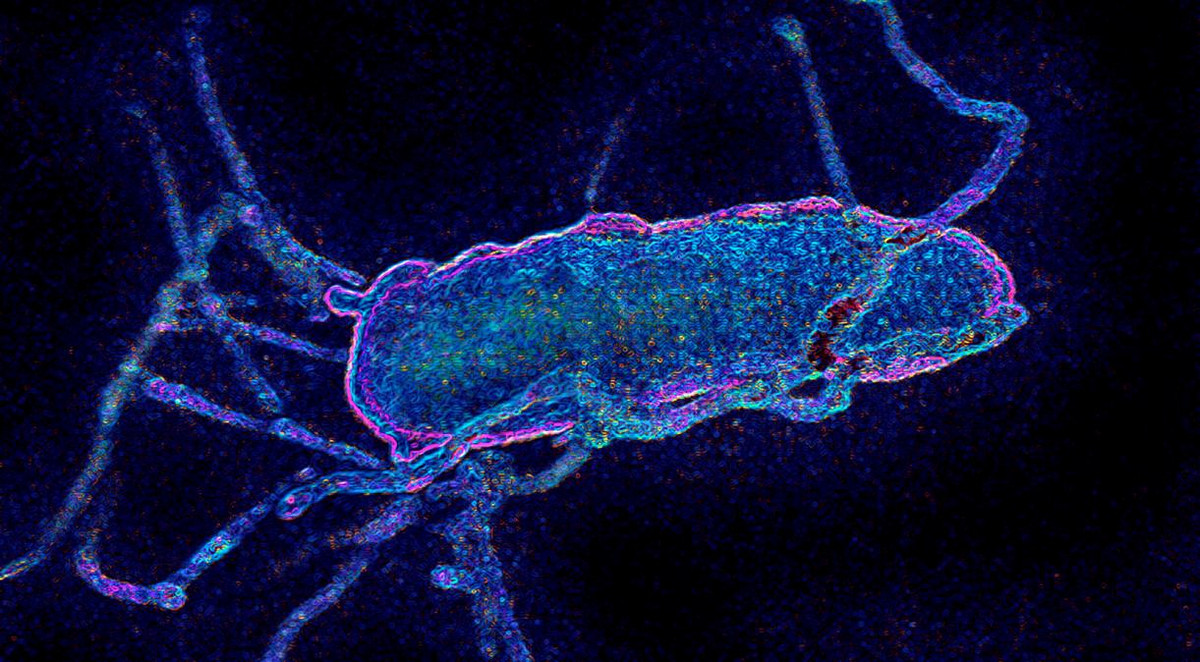
Scientists at Cambridge University (UK) have created E. coli bacteria with a fully synthetic genome.
Like constantly updated software, programmable medicines get better in future generations. For example, the CAR T-cell therapy method involves the introduction of the patient's own T-lymphocytes artificially programmed to recognize the “target” (tumor cells), and each new version of the constructed CAR T-cells will be more complicated than the previous one. At the same time, due to the optimization of the technical process, the cost of the method will decrease (currently it is about $ 500 thousand).
The modular aspect of drug manufacturing means that it is easier to create new solutions by reusing common components, so we come to an analogue of electronic device design automation systems ( EDA ), which allow us to simulate the devices being developed and to study their work before being introduced into the equipment.
Thanks to advances in machine learning, computers provide us with new methods of diagnosis and treatment in what is now called “Medicine 2.0”. Large amounts of information are presented in images “understandable” for machines with a sufficient amount of labeled data: for example, in microscopy, radiology, pathology, etc. Other data sets are by their nature quite close to images that are “understandable” to neural networks — the sequence of DNA or proteins can be considered as a very long ordered array of numbers.
Lifestyle as a programmed medicine
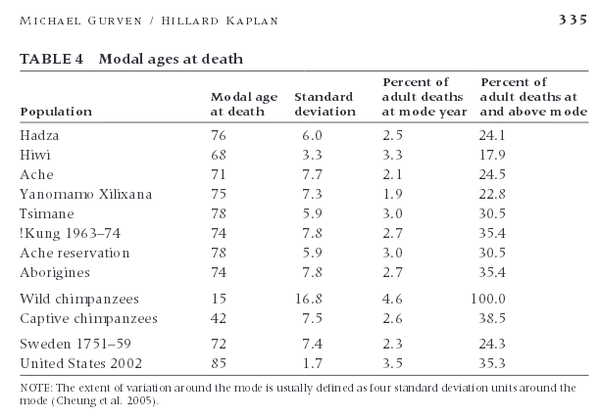
Life expectancy in the currently existing tribes of a primitive level - Hadza, Heavi, Australian Aborigines, Yanomamo and so on. (excluding child mortality).
Not all new treatments are associated with molecules. There is an old joke that plumbers saved more lives than doctors: improving sewage systems had a big impact on life expectancy. In fact, lifestyle is an incredibly effective medicine.
According to the WHO, the state of human health is determined by four main factors: lifestyle (≈50%), heredity (≈20%), climate and ecology (≈20%), and the level of health care (≈10%). In the United States, $ 3 trillion is spent annually on maintaining the last item, and changing the patterns of human behavior towards a healthy lifestyle at this stage can be much more effective in improving the quality of physical, mental and social well-being. A technological approach will help here.
Phones, smart watches, blood glucose meters, blood pressure monitors and other devices generate a huge amount of data in which machine learning can reveal the hidden nuances of human behavior. For example, comparing data on lunch time, on your activity during the day, on the duration of sleep will reveal behavioral errors that will ultimately lead to a significant risk to your health.
Technology is changing behavior a lot. Today you can download mobile apps for treating complex chronic conditions such as diabetes and cognitive impairment .
Conclusion: Engineering Biology for Transforming the World
In the US, not so long ago began to approve gene therapy for patients. As the pace of innovation grows, so will opportunities. It is expected that by the end of the next decade, 10–20 gene therapies per year will be available to patients.
We have witnessed how, using new methods in biology, not only medicine is changing, but also the food market, agriculture, and even the software itself (using DNA computers ). Biology today is information technology 50 years ago: just like software, it will one day become part of every industry.
In the future, technology companies will become the dominant players in the healthcare market. Just as cloud services accelerated and simplified the process of creating a technology company, the joint use of laboratory facilities and WLA (a cloud tool with which a scientist without programming knowledge can conduct experiments through robotic control) significantly reduced the cost and speed of launching a bio-startup with zero.
No matter how exciting the prospects of powerful new drugs may seem, success is achieved by increasing complexity. In addition to improving science and engineering, it is also necessary to develop the infrastructure of the industry, reduce costs and improve the supply chain of individual medicines to the patient. Biotechnology will focus on solving these problems in the next decade.